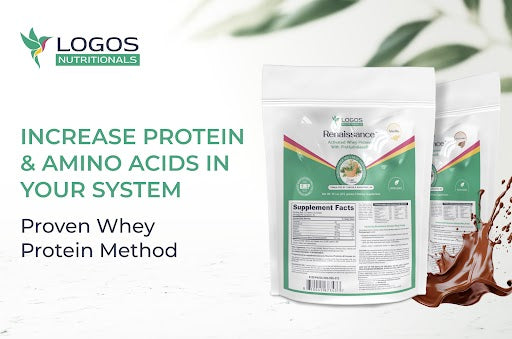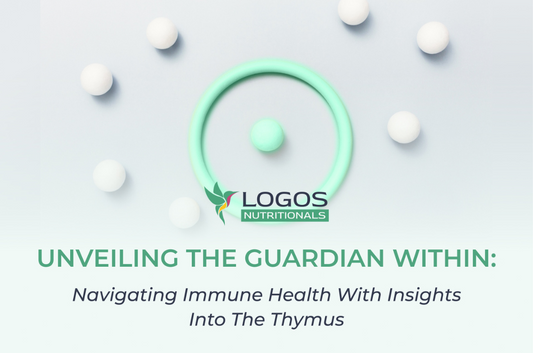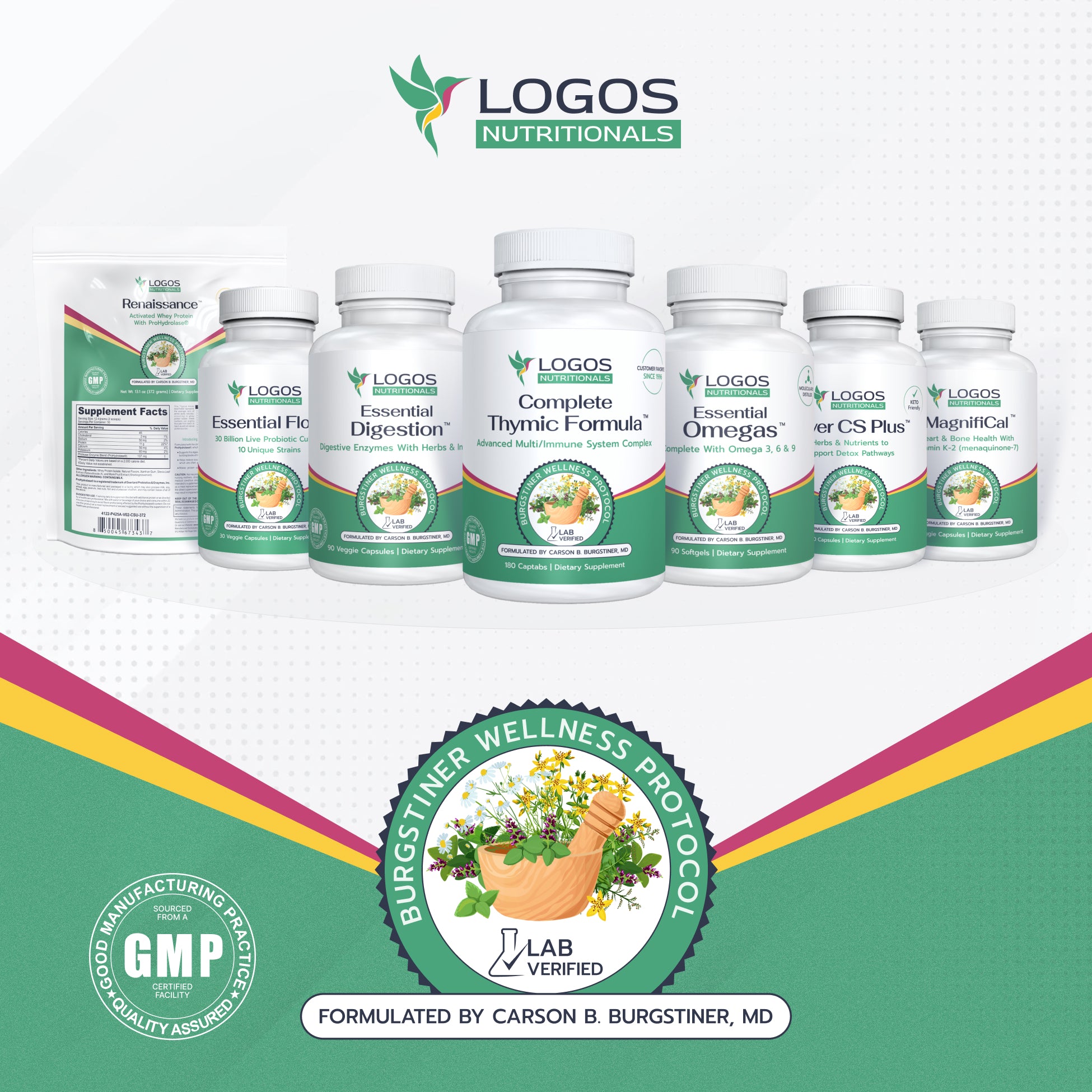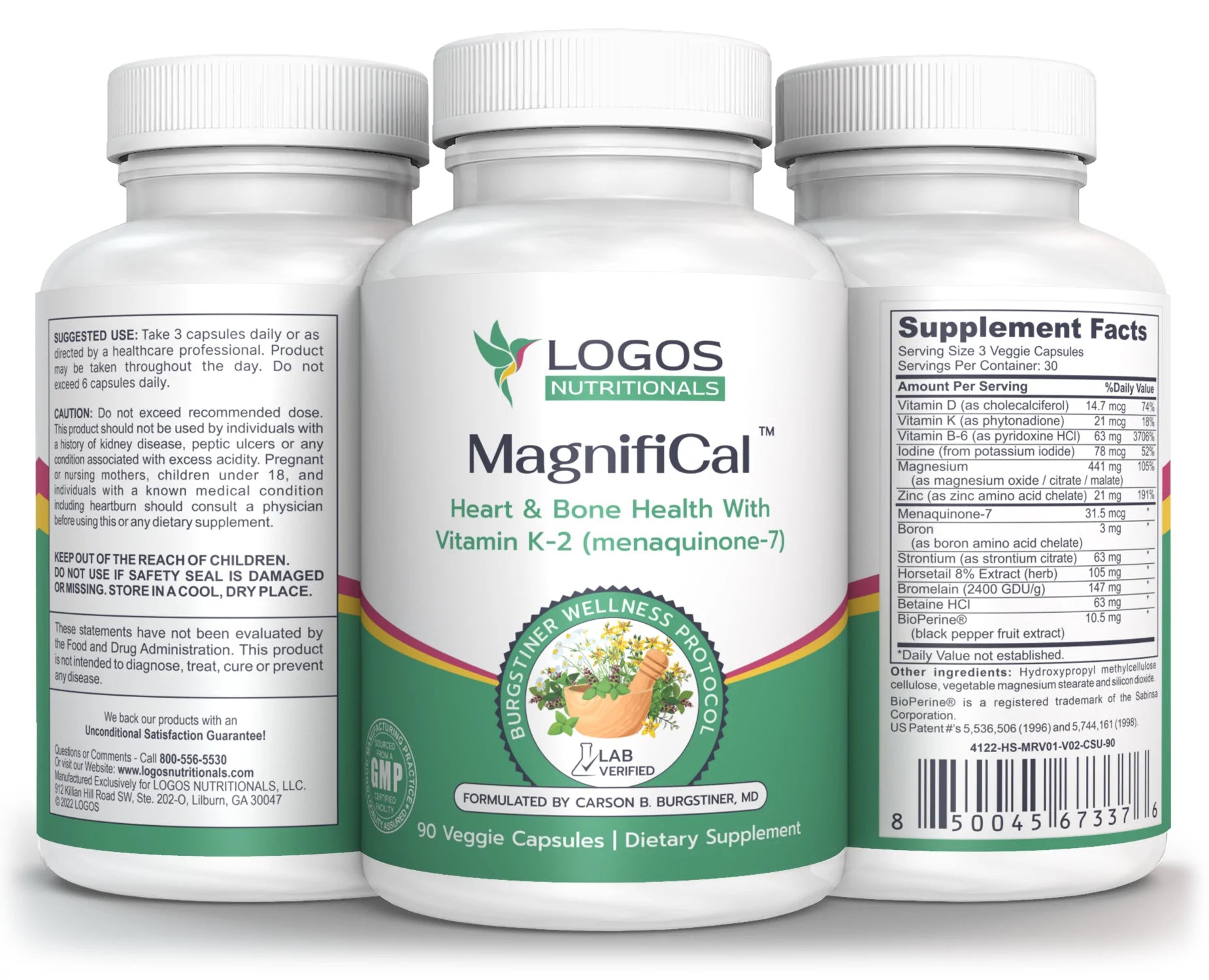Yeast infections have been around since ancient times. Although ancient healers couldn't identify Candida as the organism most often responsible for yeast infections, they were able to successfully treat yeast infections using herbs with natural antifungal properties. Microscopic fungi like Candida have always thrived, but yeast infections in humans were rare until modern times when two major factors set the stage to make yeast overgrowth in America as common as apple pie:
1.Antibiotics The overuse of antibiotics is a major cause of yeast infections and other forms of fungal overgrowth. Modern antibiotics don't discriminate between the pathogens they target and the beneficial microorganisms or probiotics that normally inhabit the gut in large numbers.
When the delicate balance of essential flora in the GI tract is disturbed, yeasts and other pathogens are quick to capitalize on the opportunity to multiply. Left to flourish untreated, candida can invade the intestinal walls, breaking them down until they begin to leak harmful bacteria and larger proteins into the blood stream. The resulting long term "leaky gut" toxicity and constant immune system burden can have devastating consequences to your health.
2.Refined Carbohydrates Our high carb diet alters pH levels, lowers baseline immunity, and directly feeds the cycle of yeast infection in our bodies.
Types of Yeast Infection
There are more than 20 species of Candida, the most common being Candida Albicans. These and other fungi normally live in and on all surfaces of our bodies with no ill effect. Under certain conditions, they can become so numerous they cause infections, particularly in warm and moist areas. Examples of such infections are vaginal yeast infections, thrush (infection in the mouth), skin outbreaks and diaper rash, sinus and nail bed infections. Rarely, the infection may spread throughout the body. Most people do not survive systemic infections because of the massive amount of inflammation and toxicity produced.
Underlying Causes of Yeast Infection
Like antibiotics, corticosteroids also deplete the body of beneficial bacteria and undermine baseline immunity, encouraging the overgrowth of yeast. Birth control pills can also promote yeast infections.
A number of factors influence the body's ability to directly or indirectly control Candida overgrowth:
Mineral Imbalance or Deficiency Trace minerals like zinc and copper are essential to the body's ability to keep yeast under control.
Stress impairs immune system function and depletes the body of essential minerals.
Excessive Alkalinity favors yeast overgrowth. Adrenal exhaustion and thyroid insufficiency contribute to increased alkalinity.
Heavy Metal Toxicity Candida sufferers often have high levels of mercury, lead or cadmium in their tissues. Hair analysis can be helpful in identifying toxicities.
Inadequate Cellular Energy Production - Biochemical energy is required for all body functions, including immune system function, and all other body systems.
Impaired Short-chain fatty Acid Metabolism - Short-chain fatty acids are protective compounds that are manufactured as a byproduct of normal metabolism. Caprylic and butyric acid are frequently used as anti-fungal agents. Hair analysis and Organic Acid Testing can be helpful in identifying deficiencies.
Thyroid Suppression is both a cause and a symptom of yeast infection because of its role in impaired immunity and energy production. Candida overgrowth in turn causes a buildup of mycotoxins that suppress thyroid function.
Symptoms of Yeast Infection
Symptoms of candidiasis can vary widely depending upon where the infection takes hold, from vaginal itching, burning and discharge to allergies and skin disorders to brain fog, thyroid and immune suppression, sugar cravings and chronic fatigue.
Some natural practitioners estimate that because of the factors mentioned above, 70-80% of Americans are dealing with some form of fungal overgrowth. Don Dennis, MD, Board Certified EENT and plastic surgeon in Atlanta claims that fungal infection accounts for the suffering of a vast majority of chronic sinusitis patients. According to Dr. Dennis, "Chronic Rhinosinusitis (CRS) affects over 37 million Americans, making it more common than arthritis or high blood pressure."
Most CRS patients, like virtually all sufferers of chronic fungal infection, are caught up in an endless and seemingly hopeless cycle of infection and secondary reinfection with repeated antibiotic and steroid exposures that lead to its familiar pattern of symptoms.
Cancer Connection
Many practitioners are convinced that yeast overgrowth plays a central role in the growth of many cancers because of the toxic burden and oxidative stress it places on the body. not to mention the estrogenic effect of mycotoxins, the pirating of valuable cellular resources or the consequences of an overwhelmed immune system. Having a chronic yeast infection is like trying to row a boat with the anchor out!
Morgellons Connection
Similarly, fungal overgrowth appears to be a common factor among sufferers of Morgellons Disease, a horrific and increasingly common condition that involves immune compromise and failure of the bioterrain with multiple infections and infestations with plant and soil based pathogens that don't normally affect humans. The greatest danger of chronic yeast infection may be that it sets the table for secondary opportunistic infections.
Treatment of Yeast Infections
Mild cases of yeast infection are easily treated, but successful treatment of chronic candidiasis requires time, patience, determination and a multifaceted approach. There are five critical areas of intervention that are required to root out entrenched yeast infection in the body:
1. Diet - Anyone who has endured marathon struggles with candida overgrowth can attest to the difficulty of displacing established fungal infections, especially when underlying challenges such as heavy metal toxicity provide favorable conditions even when stringent dietary restrictions are followed. But the fact is, without a proper diet, there is virtually no hope of breaking out of the cycle of infection and reinfection. Basically, we need to eat what God has provided. a diet of veggies, fruits, nuts, seeds, and whole grains, while limiting meat and dairy and avoiding anything processed... especially refined carbs.
2. Restore Digestion Probiotics and Digestive Enzymes are necessary to restore adequate numbers of beneficial bacteria to the GI tract and improve digestive efficiency. Enzymes also help control yeast directly and perform a "house cleaning" function in the body. Hydrochloric acid (Betaine HCL) can also be helpful in restoring pH levels and improving protein and mineral absorption.
A broad spectum, high potency probiotic is very effective in restoring balance to essential flora in the gut. Don't fall for the sales hype about enteric coated delivery systems. God doesn't package our probiotics in tiny plastic bubbles; neither should we.
3. Antifungals Prescription antifungal creams and suppositories can be very effective for topical or vaginal use. Systemic drugs are also available, but they can be very hard on the liver and kidneys. Natural practitioners prefer to use herbs and nutrients that are just as effective but lack the downside of chemical treatments, such as oil of oregano, grapefruit seed extract, caprylic acid, proteolytic enzymes, butyric acid, black walnut, and wormwood. all of which and more are combined in our antimicrobial blend.
4. Detoxification Support Regardless of whether natural or conventional treatment options are pursued, it is wise and very helpful to provide the body with someliver support to help promote detoxification pathways which are heavily burdened with mycotoxins generated in the dieoff of yeast cells. This will minimize any Herxheimer effects as the body attempts to cast off these toxins.
5. Heal the Gut This may seem redundant as all of the above strategies are aimed at restoring the digestive process, but as this happens, certain nutrients may be particularly helpful in repairing the integrity of the intestinal lining, such as L- Glutamine, Omega Three Fats and once progress has been made Whey Protein Isolate (a great source of pure amino acids, the building blocks needed for repair). Glutamine is an amino acid that is particularly useful early on in treatment, and may also help with sugar cravings.
Yeasts like Candida have been with us all along, but our collective choices have made yeast infections and other types of fungal overgrowth and secondary infections a growing epidemic around the world. For those who have struggled with chronic yeast infections and fungal overgrowth for years, know this:
Because of the intransigent and pleomorphic (spontaneously mutating) nature of the microbes involved (not to mention the secondary infections they invite), don't expect a first round knockout, but a multiple round epic struggle. With each round of treatment, the fungal load gets a little lower; with each round, the toxic burden gets a little lighter. With each round, the battle field is a little more level until finally the immune system is no longer outnumbered and outflanked.
With faithful determination and by God's grace, this is a battle worth fighting; it is a battle that can be and is being won.













